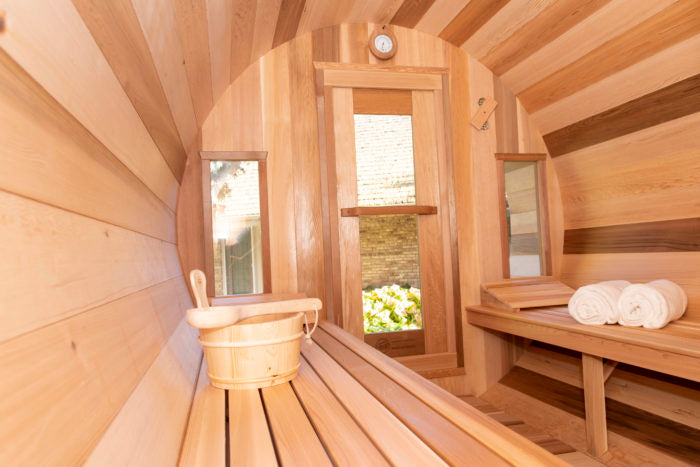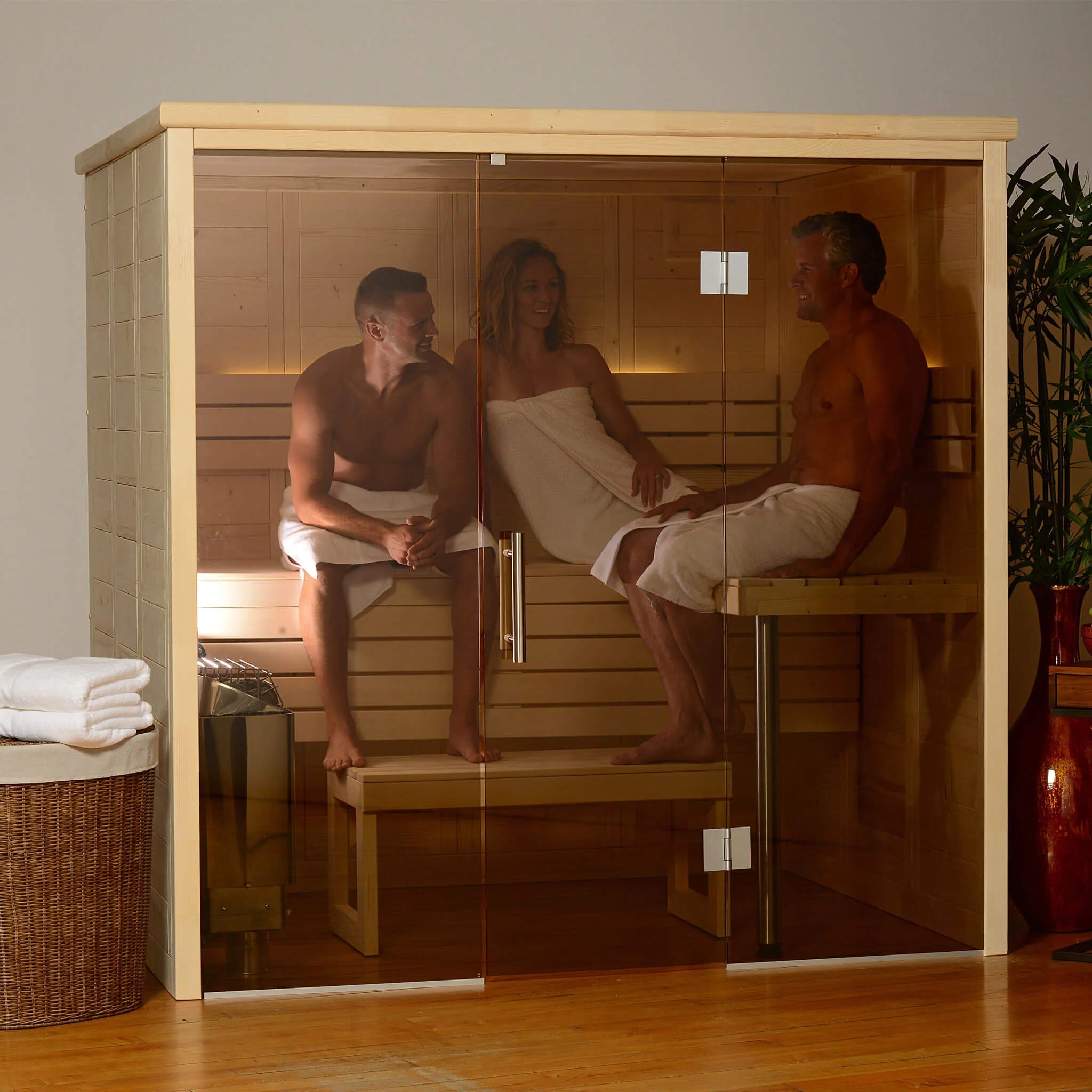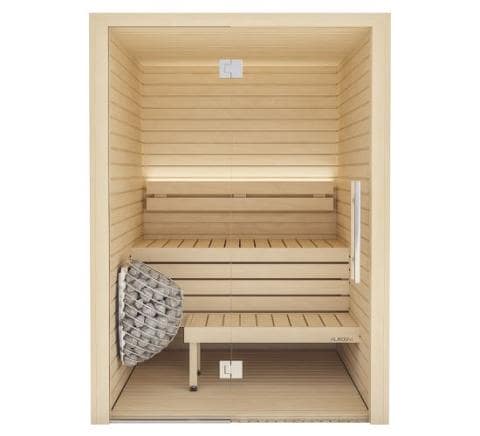All About Traditional Sauna
All About Traditional Sauna
Blog Article
The Best Strategy To Use For Traditional Sauna
Table of ContentsFacts About Traditional Sauna UncoveredUnknown Facts About Traditional Sauna4 Easy Facts About Traditional Sauna DescribedAn Unbiased View of Traditional SaunaTraditional Sauna Fundamentals Explained
A lot of the weight shed in a sauna is water loss and is re-gained upon rehydrating. Without a question sauna can be an important component of a healthy weight loss program. To check out the differences between traditional and IR saunas, I will certainly divide these into verifiable, academic, and produced differences.Hence, the hottest factor in the saunawhich is at the ceiling straight above the sauna heateris typically in between 185 and 190 F. Claims that a standard sauna exceeds 200 F is simply not true and not applicable for electric saunas marketed in the US. The temperature level for a far-infrared sauna is normally established between 120 and 140 F; nonetheless, unlike the conventional sauna, the objective in and IR room is not to accomplish a heat.
Due to this, the temperature difference is virtually unimportant, given that profuse sweating leads to both sauna kinds, but the technique of warming the body is different. In an IR sauna the bather will certainly really feel warm and will sweat profusely, but at much reduced temperatures (Traditional Sauna). Hence, if the goal is to spend longer time periods in the sauna, the IR sauna is a good selection
When a typical sauna has actually been appropriately heated, the sauna wall surfaces are warm, the air temperature level has actually accomplished set temperature and the rocks are incredibly heated. As a fascinating side note, the heated walls and the rocks are discharging far-infrared heat, incorporated with the heated air, to develop an "covering warmth".
9 Easy Facts About Traditional Sauna Explained

When the high temperature is accomplished, the aspects cycle on and off to keep the heat. A lot of standard sauna users enjoy pouring water over the rocks to develop heavy steam to raise sauna moisture degrees. The benefits of pouring water over the rocks include: making the room extra comfy, dampening the nasal passages, and enabling the use of aromatherapy by blending crucial oils with the water.

When the energy enters the body, it triggers the body temperature to raise and eventually results in sweat. In an infrared sauna it is very important for the emitters/heaters to continue to be on nearly regularly. Considering that there is no mass of rocks to maintain heat, the sauna will cool if the emitters shut down.
As stated above, the sauna bather in an infrared space desires to position himself in front of running emitters to obtain maximum benefit from the warmth. The heating time for the two spaces can be very various, depending on exactly how the areas are find this used. For a typical sauna, a bather should enable 30-40 mins for the room to achieve a wanted temperature level and to correctly pre-heat the rocks.
What Does Traditional Sauna Do?
A well built sauna will commonly attain a temperature level of 150-160 F in about 30-40 minutes. For hotter temperatures, the room may require to warm for a longer period. When the space accomplishes established temperature, the heating unit will certainly cycle on and off, generally running concerning 50% of the moment. The protected walls and the heated rocks will maintain the space warm and at steady temperatures.

Conventional saunas often tend to be larger (hence make use of more power) than infrared saunas, although traditional saunas are absolutely readily available in one and 2 individual sizes. For a two-person standard sauna, 5x6 or 5x7 size is most preferred. The leading bench can easily seat two or three people and is likewise enough time to relax during the sauna session.
Some Known Details About Traditional Sauna
The ordinary price per kWH of electrical power in the U.S. is around $0.11, so a 4.5 kW heating system will certainly cost roughly $.50 to compete one hour, if the heating system runs continuously for one hour. Typically a sauna heating unit will certainly run for 75% of the very first hour and 50% of succeeding hours on because the components cycle once the established temperature is accomplished.

There is a seldom discussed distinction in the social experience in between the two areas. While our society has lost several of the social benefit of the conventional sauna experience, it can be extremely socially fulfilling (Traditional Sauna). From family time in the sauna, to heart-felt go now conversations with loved ones, to sauna partiesthe standard sauna experience can bring about intimate mingling
Not known Factual Statements About Traditional Sauna
Most higher end infrared spaces include tinted light treatment, audio systems and full-glass fronts.
Report this page